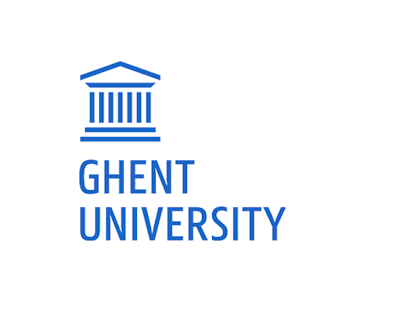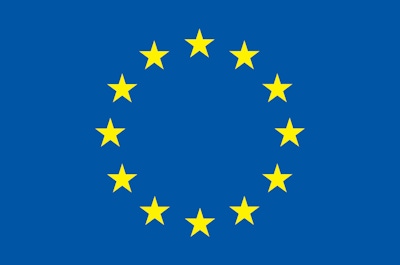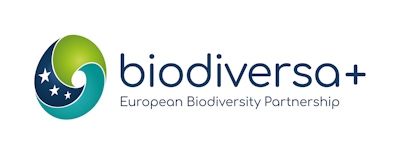news
Our TRANSNATURE map
One of the deliverables of the TRANSNATURE project is an interactive map. Its objective is to provide a (non-exhaustive) overview of relevant existing examples of transboundary biodiversity protection and their specific governance features.
Hendrik Schoukens
Professor of Environmental Law at Ghent University
Nienke van der Burgt
Post Doc Researcher at Ghent University

https://www.transnature.eu/map
As our four case studies zoom in on governance mechanisms for transboundary biodiversity protection, it is interesting to have a broad look at how transboundary cooperation is established at the global level. For the selection of such global cases, we have used the criteria that the objective of cooperation must include biodiversity protection. We have also looked at whether there is a transboundary dimension of the governance arrangements. In that regard, we considered it of specific interest to showcase whether ‘joint authorities or bodies’ are established for the purpose of regulating conservation in the specific identified transboundary conservation areas. This is the case in 41 of the 77 cases that are displayed.
The interactive map allows for the selection by country, types of ecosystems, and classification categories (e.g. Ramsar sides or MAB Biosphere reserves). When clicking on the transboundary areas on the map, the map also provides the reader with background information regarding the countries involved, the date of establishment of the respective transboundary area and its management scheme. Further information includes e.g. the objective of the cooperation, the main authorities and actors and joint instruments. Links are provided where further information on the area is available.






